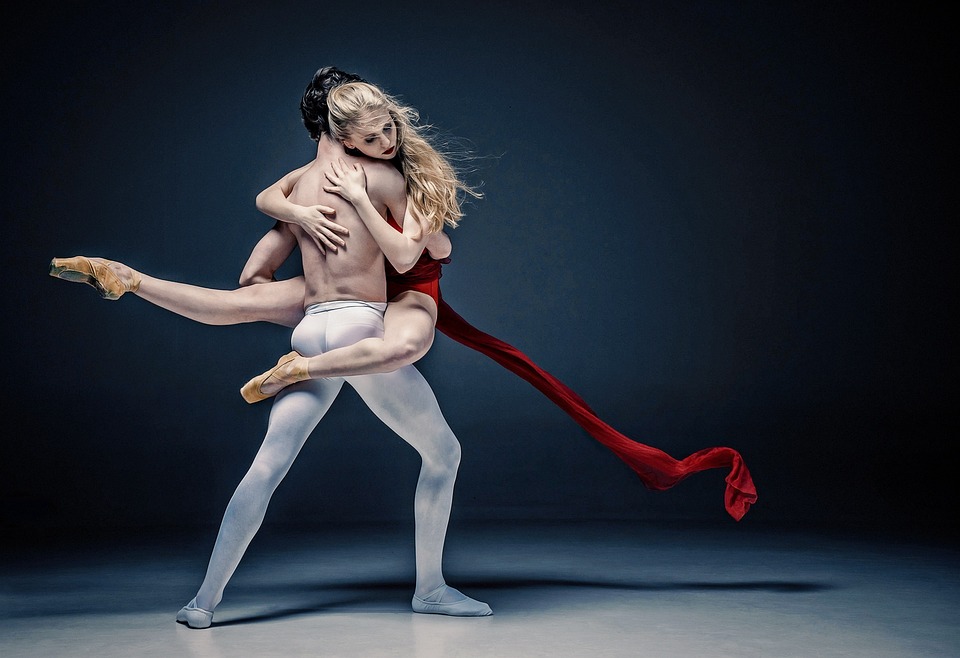Title: Dance in the Digital Age: How Technology Transforms Performance and Learning
Introduction:
The field of dance has experienced a remarkable shift in recent years, thanks to the rapid advancement of technology. With the advent of digital platforms, technologies, and tools, dance performers and learners have a myriad of opportunities to explore and transform their craft. From augmented reality to motion capture, dance in the digital age has taken on new dimensions, enhancing performances and revolutionizing the learning process. This article delves into the ways in which technology has shaped dance performance and education, redefining boundaries and pushing artistic expression to new frontiers.
1. Augmented Reality in Dance Performances:
– Augmented reality (AR) offers dancers the ability to layer virtual elements onto their live performances.
– AR allows performers to interact with virtual objects, characters, or landscapes, elevating the overall aesthetic experience for the audience.
– Examples of AR in dance include projecting virtual backgrounds, creating 3D visuals around performers, and incorporating interactive elements in real-time.
2. Motion Capture Technology:
– Motion capture technologies enable dancers to capture and record their movements digitally and translate them into a virtual space.
– This technology allows dancers to analyze and perfect their technique, identify areas for improvement, and experiment with new choreographic ideas.
– Additionally, motion capture facilitates collaborations between dancers and digital artists, resulting in innovative performances that merge physicality and digitized elements seamlessly.
3. Video Sharing Platforms and the Democratization of Dance:
– Digital platforms such as YouTube and social media have transformed how dancers share their performances with the global audience.
– These platforms serve as virtual dance theaters, allowing dancers, regardless of their geographical location or financial status, to showcase their talent to a vast online community.
– Dance tutorials, choreography challenges, and collaborative projects have flourished, fostering a sense of community among dancers worldwide.
4. Virtual Reality and Immersive Dance Experiences:
– Virtual reality (VR) technology enables viewers to experience dance performances from new perspectives, immersing themselves in a simulated environment.
– VR allows audiences to be on stage alongside dancers, enhancing the emotional connection and creating a more immersive experience.
– Furthermore, VR can transport viewers to different locations, erasing physical limitations and expanding the boundaries of traditional performance settings.
5. Online Dance Education:
– Online platforms offer dancers of all ages and skill levels access to high-quality dance classes and resources.
– These platforms provide personalized learning experiences, allowing dancers to progress at their own pace and cater to their individual needs.
– Additionally, online dance classes encourage dancers to explore various dance styles, techniques, and cultures that they may not have otherwise had access to.
6. Collaborations between Dance and Technology:
– Technology has encouraged collaborations between dancers, choreographers, and technologists, resulting in groundbreaking performances and interdisciplinary projects.
– Choreographers are increasingly exploring the possibilities of integrating technology seamlessly into their works, blurring the lines between dance and other art forms.
– These collaborations allow for experimentation and innovation, pushing the boundaries of what is traditionally considered dance and expanding the artistic possibilities.
Conclusion:
The digital age has ushered in a new era for dance, transforming performances and revolutionizing how dance is learned and experienced. With the constant evolution of technology, dancers now have access to tools that enhance their creativity and broaden their artistic expression. Whether through augmented reality, motion capture, video sharing platforms, virtual reality, or online education, technology continues to reshape the world of dance, breaking down barriers and fostering global connectivity. As dance adapts and embraces the digital age, it opens up tremendous potential for growth, enabling dancers and audiences to embark on an exhilarating journey of discovery and innovation.

